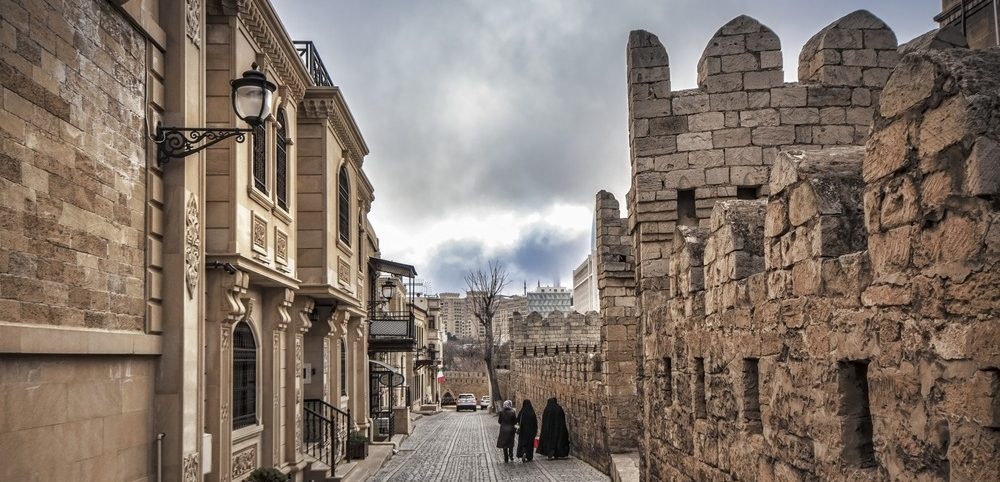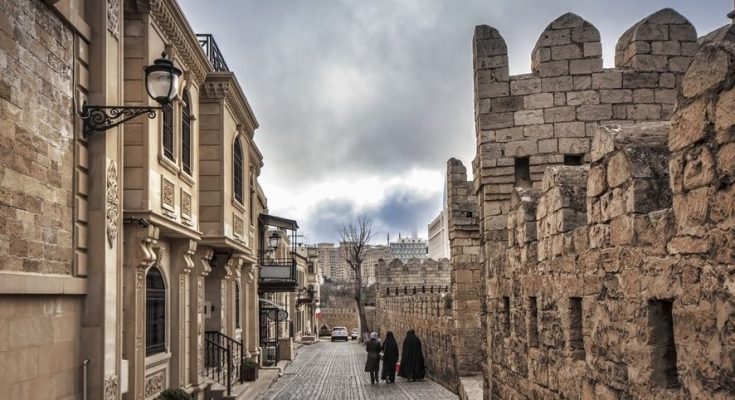The interplay between cultural heritage and urban identity forms the backbone of many cities worldwide, weaving a rich tapestry that shapes how residents and visitors perceive and experience urban spaces.
Cultural heritage, encompassing tangible assets like historical buildings and monuments, as well as intangible aspects such as traditions, languages, and practices, plays a pivotal role in defining the unique character and identity of a city.
This relationship is crucial not only for preserving the past but also for fostering a sense of belonging and continuity among urban populations.

Preservation of Tangible Heritage
Tangible cultural heritage includes physical artifacts and structures that have historical, architectural, and cultural significance. Preserving these elements within urban environments is essential for maintaining the historical continuity and aesthetic appeal of cities.
Landmarks such as ancient ruins, colonial buildings, and traditional marketplaces serve as visible reminders of a city’s history and evolution. Efforts to conserve and restore these sites often involve collaborations between governments, local communities, and international organizations, emphasizing their importance in maintaining urban identity.
Intangible Heritage and Community Identity
Intangible cultural heritage, including customs, rituals, music, and culinary traditions, is equally vital in shaping urban identity. These cultural expressions create a shared sense of history and community among residents. Festivals, parades, and public celebrations are prime examples of how intangible heritage is manifested in urban settings, bringing people together and fostering a collective urban spirit.
The preservation of intangible heritage often relies on the active participation of communities, ensuring that these practices are passed down through generations and remain a living part of urban life.
Urban Identity and Sense of Place
Urban identity is intrinsically linked to the sense of place experienced by city dwellers and visitors. This sense of place is shaped by the distinctive cultural and historical elements that differentiate one city from another.
Cities like Paris, with its iconic Eiffel Tower and rich artistic legacy, or Kyoto, with its ancient temples and traditional tea ceremonies, exemplify how cultural heritage can create a unique urban identity. This distinctiveness not only attracts tourists but also instills pride and a sense of belonging among residents.
Challenges of Modernization and Globalization
Modernization and globalization pose significant challenges to the preservation of cultural heritage and urban identity. Rapid urban development often leads to the demolition of historical sites and the erosion of traditional neighborhoods.
Additionally, the influx of global culture can sometimes overshadow local traditions and practices. Balancing the demands of modernization with the need to preserve cultural heritage requires thoughtful urban planning and policies that prioritize heritage conservation alongside economic and infrastructural development.
Integrating Heritage into Contemporary Urban Life
Integrating cultural heritage into contemporary urban life is crucial for sustaining urban identity. Adaptive reuse of historical buildings, where old structures are repurposed for modern uses, is one way to achieve this integration. For example, transforming an old factory into a cultural center or converting a historic home into a boutique hotel preserves the architectural heritage while making it relevant to contemporary needs.
Additionally, promoting cultural tourism and supporting local artisans and cultural practitioners can help sustain and celebrate urban heritage.
The Role of Education and Awareness
Education and public awareness are fundamental in preserving cultural heritage and fostering urban identity. Schools, museums, and cultural institutions play a vital role in educating the public about the importance of heritage conservation.
Community-based initiatives, such as heritage walks, workshops, and storytelling sessions, can also engage residents and encourage active participation in preserving their cultural legacy. Raising awareness about the value of cultural heritage ensures that future generations appreciate and uphold their urban identity.
Conclusion
Cultural heritage and urban identity are deeply intertwined, each enriching the other in a dynamic relationship that defines cities. Preserving both tangible and intangible heritage is essential for maintaining the unique character and continuity of urban spaces. As cities evolve, it is imperative to balance modernization with heritage conservation, ensuring that urban identity remains vibrant and relevant. By valuing and integrating cultural heritage into contemporary urban life, cities can foster a sense of pride, belonging, and continuity that enhances the quality of life for all residents.




